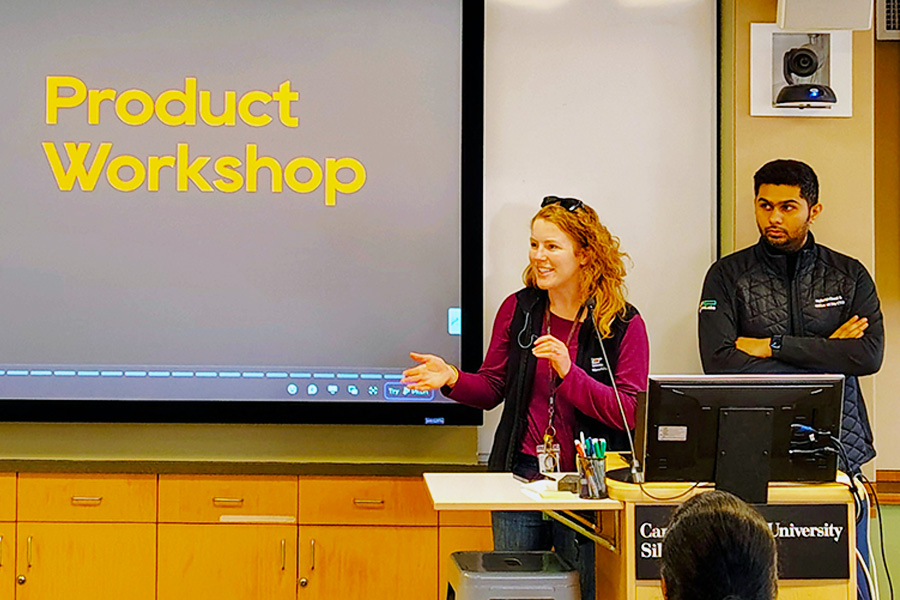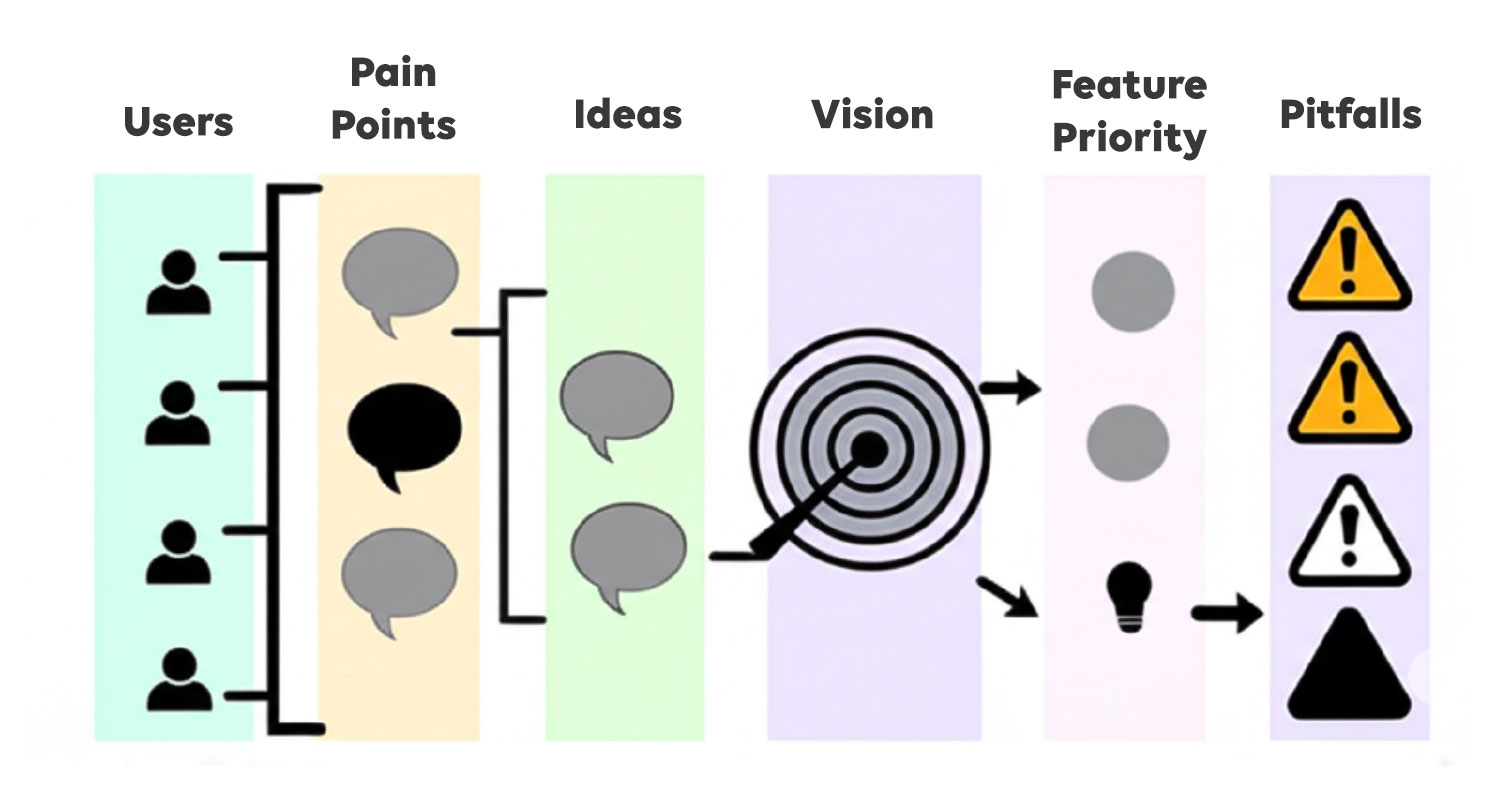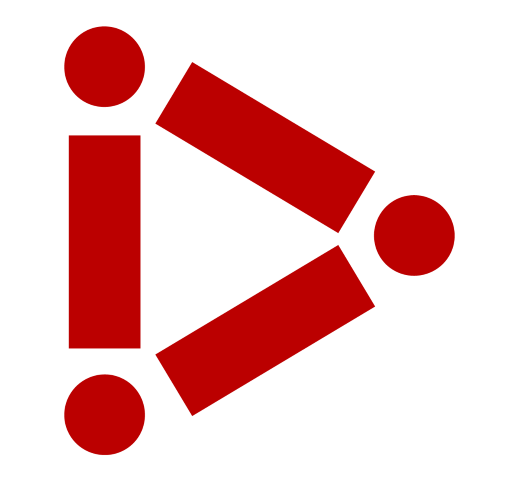
Cracking the Product Manager Interview: Product Insights from Areeb Sanadi
The Interview Is the Product—You’re the Builder
By Phil Geist
Areeb Sanadi’s path to product management started with a degree in Computer Science, followed by a couple of years at a cybersecurity startup, and close to three years at VMware. Seeking to broaden his impact, he joined the Master of Science in Software Management (MSSM) program at Carnegie Mellon Silicon Valley, graduating in December 2022. Today, Areeb currently works as a product manager at Microsoft in the Experiences and Devices AI division.
In early 2025, he returned to the CMU-SV campus to lead a product workshop—and opened with a simple but powerful question:
"How do we crack our interviews?"
Building the Foundation for Interview Success
Interviews shape careers, and what separates great product managers from the rest often comes down to how they show up in interviews. Areeb emphasized on the importance of building a foundation of structured thinking. This is achieved by executing clear communication and being able to turn conversations into opportunities. Areeb highly recommends levaraging mock interviews, because the indepedent practice will equip you with invaluable experience. This is especially imperative while preparing for later rounds of an interview process.
"Mock interviews help you refine your responses and build confidence."
Areeb also encouraged candidates to learn from how others prepare for interviews, suggesting they explore resources like YouTube and PMExercises.com to practice with real-world scenarios.
Strong Start: Nail the Introduction
One of the most overlooked aspects of a product manager interview is the introduction. Areeb urged candidates to treat their introductions as a strategic pitches. To leave a lasting impression keep your intros under two minutes. Cover your education, career highlights, and a personal detail to humanize your story. Candidates can keep their intros crisp and structured by changing and chopping. It is through the revision process that they can discover the essential segments of their journey.
Tailoring your introduction to meet the company's mission, values, and recent initiatives can reflect a clear alignment with the organization’s culture and priorities.
“Put yourself in their shoes,” Areeb advises. “The best interviews feel like genuine conversations. When the interviewer feels seen and understood, it leaves a lasting impression.”
Areeb emphasized that confident communication—delivered with a natural tone and smooth storytelling—can elevate your presence and leave a strong, memorable impact.
Answering Open-Ended Questions
Product management interviews often include open-ended questions like “Tell me about yourself” or “How do you approach ambiguity?” These aren’t designed to elicit perfect, rehearsed answers. Instead, they give candidates the chance to demonstrate how they think, solve problems, and navigate the complexities of a fast-moving product environment.
"There’s no single right answer," Areeb reassures. "Interviewers are looking at how you structure your thinking, explain your reasoning, and communicate a clear path forward." They want to see if you have the curiosity, resilience, and motivation to thrive in the role. “It’s about showing how you break down a problem, not just solve it.”
Using Personal Examples
Using personal stories is a great way to make the interviewer remember you. Whether discussing your favorite product or how you navigated a team challenge, real world examples illustrate how you apply your thinking in practice. Preparing for the Unexpected
While you can’t predict every interview question, you can anticipate common themes by researching the company’s industry, products, and challenges. Areeb encouraged candidates to prepare for the unexpected and respond in a natural, conversational tone—avoiding overly rehearsed answers. “It’s not about reciting a perfect script,” he says.
“It’s about showing how you think on your feet.”
When faced with a product question, don’t rush. Areeb suggests taking a moment to gather your thoughts. “Say something like, ‘Do you mind if I take a moment to think about this deeply?" Use that time to ask clarifying questions, jot down your initial thoughts, break the question into manageable parts and/or understand the deeper “what” and “why” behind the problem
Taking a moment to think before answering shows you can approach problems with depth and intention, rather than rushing into a response you can’t walk back.
Demonstrating Product Sense and Strategy
When discussing product vision, it’s not just about solving today’s problem—it’s about imagining future opportunities. Areeb encourages candidates to define their target users clearly, align their ideas with the company’s mission and trends, and present multiple options to show structured decision-making.
"Great PMs think big, go wide, and get creative. Show how your solution fits the bigger picture and unlocks future opportunities. That forward-looking mindset is what sets standout candidates apart."
During product case studies or product sense and design questions jumping ahead is a common misstep. Areeb suggests candidates start with empathy: “Before jumping into solutions, take time to understand the customer’s pain points and why they matter.” Ground your response in meaningful outcomes like engagement, adoption, or revenue. Then build from there—think creatively, challenge assumptions, and avoid mimicking existing solutions. Original thinking stands out more than a polished feature list.
Areeb also advises aligning your ideas with the company’s mission and current market trends. For example, referencing recent AI innovations at an AI-focused company shows strategic awareness. To take it further, present a few distinct solutions and explain your reasoning. “Offer three options, then walk through why you’d choose one,” he says. It’s a clear way to demonstrate creativity, structure, and confident decision-making—all essential traits in a great product manager.
Prioritizing Like a Pro
Leverage frameworks like RICE (Reach, Impact, Confidence, Effort) to prioritize your ideas. These help in backing your decisions with data, prioritizing trade-offs, and showing how you arrived at your recommendations. More importantly, it demonstrates that you can think strategically, make tough calls, and operate independently — delivering clear, thoughtful priorities independently.
Addressing Trade-offs and Risks
It’s just as important to address what won’t work as it is to pitch what will. Talk through any assumptions you’ve made and the potential pitfalls those assumptions might bring. Being upfront about risks, limitations, or areas of uncertainty shows self-awareness, strategic foresight, and a willingness to tackle challenges head-on—all qualities product teams value in a collaborator.

Bringing It All Together: Your Story, Strategy, and Fit
Interviewers want to understand who you are—not just as a product manager, but as a person. They’re evaluating how well you align with the company’s values and where you can be most impactful. Strong interviews blend clear thinking, empathy, and strategic vision.
Behavioral questions test soft skills like conflict resolution, ambiguity management, and collaboration. Use real-world examples that reflect your values, decision-making style, and adaptability. Let conversations be conversational—but structured.
Think like a strategist—use real-world tools like cost-benefit analysis to stand out. Ultimately, strong interviews blend clear thinking, empathy, and strategic vision. Interviewers are looking for Product Mangers who can build clarity from chaos—and do it with intention.
Q&A: Product Thinking with Areeb Sanadi
iii: You’ve said interviews are more about how you think than getting the “right” answer. How do you evaluate strong product thinking in candidates?
Areeb: I look for clarity in problem framing, structured thinking, and the ability to weigh trade-offs. Strong candidates can define a user, articulate pain points, and explore multiple solutions before selecting the one with the most meaningful impact. It’s about demonstrating structured decision-making, not just finding the “right” answer.
iii: What are some common mistakes candidates make during the introduction?
Areeb: Rambling or trying to impress too much. Keep it tight: who you are, what you've done, and why you’re here. Make it crisp, concise, and personal but still relevant. Your introduction should spark curiosity and set the tone for a deeper conversation.
iii: Can you share a mock interview experience that improved your performance?
Areeb: During one mock, I realized I was leaning too heavily on jargon and overly technical language. The feedback helped me simplify my structure and communication, making my real interviews feel more like conversations and less like rehearsed presentations.
iii: How do you balance preparation with spontaneity?
Areeb: Know your key stories and frameworks, but don’t memorize. Understand the "what" and "why" behind your answers so you can stay flexible and respond naturally in the moment. The goal is to stay adaptable without losing the structure of your response.
iii: How should an interview candidate structure their introduction?
Areeb: There isn't a one-size-fits-all formula, since every journey is unique. A good place to start is crafting a personal headline, like “I’m a PM with X years of experience in Y.” Then support it with 2–3 highlights that showcase your technical, leadership, and personal impact. It should feel authentic to you and tailored to the role you’re applying for.
iii: How can a candidate test their intro before interviews?
Areeb: Share it with peers, mentors, or in mock interviews. Watch how people react—do they lean in or lose interest? Iterate based on their reactions until your intro feels sharp, memorable, and compelling.
iii: What’s your thought process when you pause before answering a tough question?
Areeb: I mentally map out the problem space, break it into segments—users, goals, constraints—and decide where to go deep. This brief pause helps me respond with intention rather than just instinct.
iii: What role does storytelling play in your daily work?
Areeb: : It’s critical. As PMs, we’re constantly aligning teams around a shared vision. Storytelling builds trust, creates shared understanding, and drives urgency and momentum. It turns complex ideas into relatable narratives.
iii: How do you turn an interview into a conversation?
Areeb: Listen actively, ask clarifying questions, and mirror the interviewer’s energy. It’s not just about Q&A—it’s about building rapport and mutual curiosity. The best interviews feel more like dialogues than interrogations.
iii: Your “chopping and chopping” analogy for refining ideas really resonated. What’s your revision process?
Areeb: I start messy, then cut about 60%. I read it aloud. If it doesn’t feel clear or honest, I rework it. Clear communication is a form of kindness to both your audience and your ideas.
iii: Can you share a moment where your product vision expanded significantly?
Areeb: I was working on an internal tool designed to improve task efficiency, but after digging deeper into user feedback, I realized the bigger opportunity was enabling collaboration across previously siloed teams. That shift transformed the tool from a tactical solution into a strategic platform. It taught me to always zoom out and ask: “What’s the larger ecosystem this product lives in, and what ripple effects could we unlock?”

